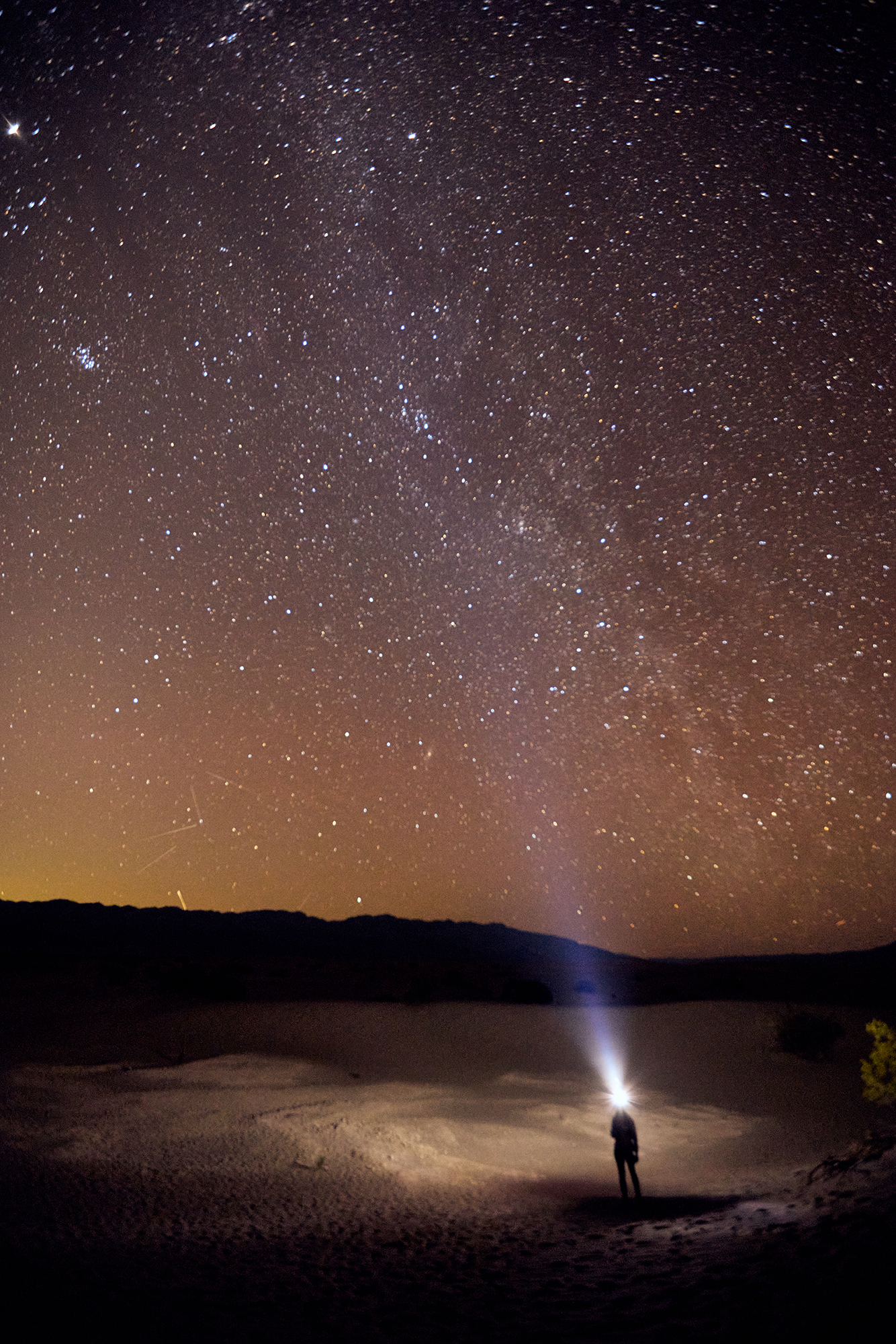Night photography takes not only a keen eye but quite a bit of planning. Sunset’s staff photographer has been shooting the outdoors for 25 years. Here are his tips on how to get it right.
1. Pack Smart
Night photography requires a tripod and a fast lens (at least f/2.8) set at ISO 3200. To maintain sharp stars, you’ll want the exposure under 20 to 30 seconds, otherwise it will result in star trails. Star trackers are a great, moderately low-cost investment if you become serious about shooting the night sky regularly.
2. Slow Your Shutter
The night mode in newer iPhones is pretty great, but there are slow shutter apps available for iPhone and Android that can also help for older models. The AstroShader app lets you stack multiple exposures to pull more detail. Slow Shutter Cam is also a really great one. It lets you do long exposures in the daytime as well.
3. Put It in Perspective
It’s helpful to have something in the foreground for visual interest that puts the sky into context, like a person in the sand dunes with a headlamp or another object, like a tree branch, in the frame.
Thomas J. Story
4. Map It Out
As with many things in life, knowing when and where to be there is half the battle in photography. To prepare, use Google Earth to scout your location. No matter what, you want to be as far as possible from light pollution from cities, buildings, and even larger campsites. The Night Sky app will let you map the constellations anywhere you are on Earth.
5. Avoid the Full Moon
Though the look of a full moon can be beautiful in its own right, if you’re trying to capture the stars, the light from its glow will impact celestial visibility. Instead, plan as close to the new moon as possible.
6. Use Red Light
Purchase headlamps with this function, as light in the red spectrum doesn’t mess with your night vision and dilate your eyes as much as a standard light would. Doing so is also mindful of other folks who might be enjoying the outdoors, too.
7. Dress Warm
Bundle up and bring layers. Especially if you’re shooting in the desert, temps can drop quickly. Since you may have some trouble using gloves while operating a camera, even if they’re tech-friendly, pocket warmers can really come in handy.
We only recommend things we love. If you buy something through our site, we might earn a commission.

